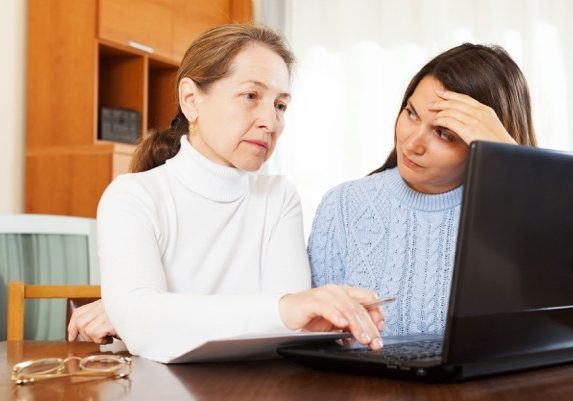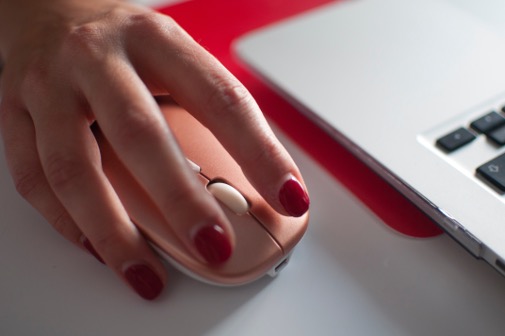
Safety Planning
Get Your Safety Plan in Place
Alexandra House offers one-on-one safety planning sessions to help program participants identify ways to improve their personal safety. Having a safety plan in place can increase a person’s chances of escaping an unsafe situation. Advocates realize every person’s situation is different and a safety plan must be tailored to meet each individual’s needs.
This service is a free and confidential way to discuss safety including but not limited to: safety in the home and during a violent incident, safety when leaving the relationship or filing a protective order, safety planning when being stalked, and safety planning with children.

Safe at Home
Safe at Home is a statewide address confidentiality program administered by the Office of the Minnesota Secretary of State. Safe at Home is designed to help people who fear for their safety maintain a confidential address. Many times program participants are survivors of domestic violence, sexual assault, or stalking.
When someone enrolls in Safe at Home, they are assigned a PO Box address that they can use as their legal address. In Minnesota, all public and private entities must accept a participant’s assigned address and a participant cannot be required to disclose their real address. This allows a program participant to go about his or her daily life without leaving traces of where they can typically be located, such as their residential address, a school address, or an employment address. This safety measure is an attempt to keep their aggressor from locating them.
Alexandra House advocates will help program participants in filing an application for the Safe at Home confidential address program for those who fear for their safety.
Safety Planning Tips
Please note: like any safety plan, the following tips cannot guarantee your safety. Please review your safety plan regularly.
- Always have a charged cell phone that is accessible to call 911. Most phones, even after minutes expire or plans change, can still be used to call 911.
- Trust your judgment and intuition. You are the expert in this situation. If you feel a violent incident is going to occur, get to the safest place inside or outside your home as quickly as possible.
- Keep your purse/wallet, keys, cash, and phone in a nearby place to grab in case of an emergency.
- Talk to your children about how to stay safe and review your safety plan with them, if appropriate. Explain how to call 911 and decide on a meeting place outside of the home in case the family gets separated. Alexandra House advocates can talk with you about how to have age-appropriate safety planning discussions with children.
- Identify safe people and safe places. Consider the Alexandra House shelter and legal advocacy programs to help with your safety. Think of people that would let you stay with them or watch your children for you if needed.
For more information or to schedule an appointment, call 763-576-9999 during regular business hours.

Technology and Safety
Since power and control are central to domestic violence, learn how your computer and electronic devices may be monitored and take steps to keep yourself safe.